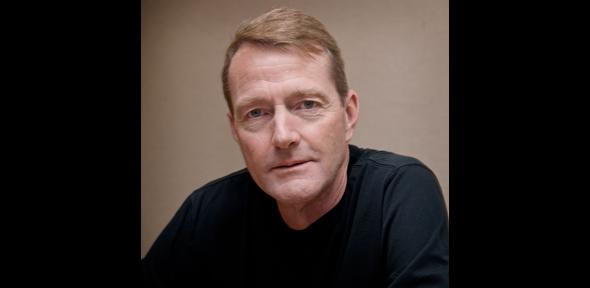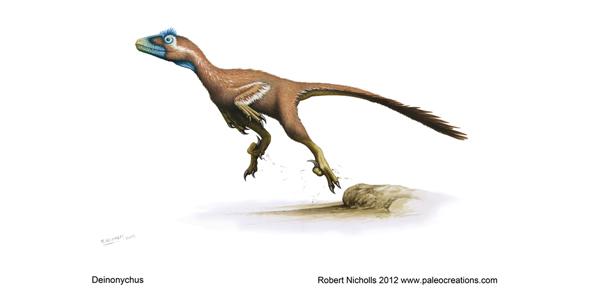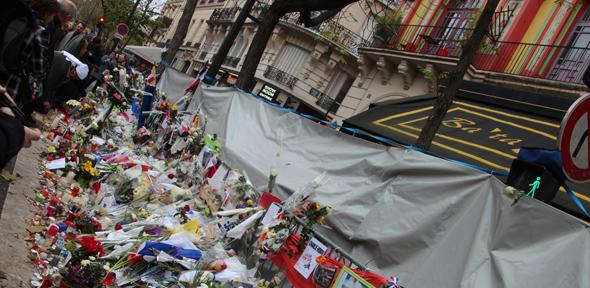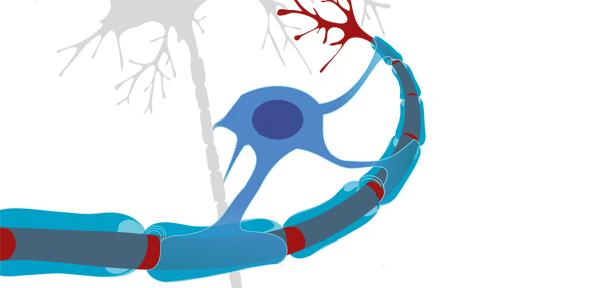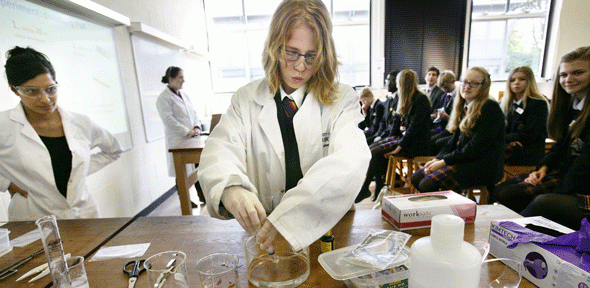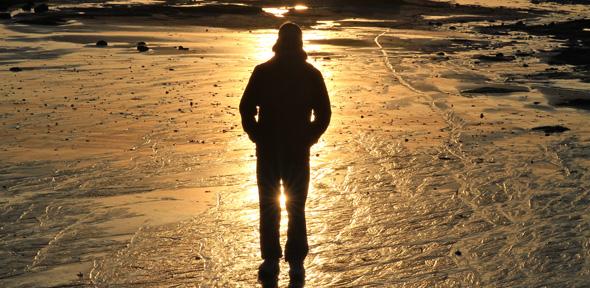No-one knows how many human beings are trafficked each year. Reliable, comparable, and up-to-date figures for this worldwide trade are notoriously hard to come by. By its nature, trafficking in human beings (THB) is a furtive and fast-changing phenomenon – and one that is both difficult and dangerous to research.
It is estimated that there exist between 21 million (International Labour Organization) and 31.4 million (United Nations) victims of trafficking and modern slavery. This shadowy trade overlaps and converges with the legitimate global economy, with illegal trades such as the internet’s ‘dark web’ and smuggling, as well as with illicit commerce – and, of course with terrorism.
Attempts to define THB, which is often mistakenly used synonymously with ‘people smuggling’, have resulted in no fewer than 22 definitions in academia (Salt & Hogarth, 2000). The EU, for example, earmarked 18 October as its ‘Anti-Trafficking Day’ while the UK calls the same date ‘Anti-Slavery Day’. While academics and policy-makers debate about the semantics, people continue to be bought, sold, and exploited like chattels.
Efforts to curtail this vile underground trade have been notably ineffective. Owing mainly to a lack of partnerships and knowledge-sharing between governments, NGOs, and supranational organisations, the number of people helped, according to the US Department of State, is small (around 48,000 or approximately 0.12% of the total) and the number of criminals convicted lamentable (around 4,000 or roughly 0.8% of the total).
If we are to gain an understanding of THB, convict more traffickers, and protect more victims and potential victims (following the current best practice from the USA of 4Ps – prevention, protection, prosecution and partnerships), we need to pinpoint and share the key data associated with it – and fathom the complex mechanisms used to enable and facilitate it. Research by Professor Loraine Gelsthorpe, for example, has shown that many victims are re-victimised within criminal justice systems which, failing to recognise their true predicament, prosecutes them as complicit criminals and/or illegal immigrants.
My research suggests that traffickers should not to be seen and explained through a moralistic lens as simply depraved persons. These are cynical business men and women who, spotting a gap in the market and by satisfying denied demand, seek to maximise profits and minimise risk, while considering the human beings they buy and sell as commodities.
Risk is minimised by THB being a ‘silent’ crime. Cases are extremely hard to prosecute and high conviction clearance rates difficult to achieve, for many reasons. Profits are maximised because people can be sold and re-sold, while being ruthlessly exploited (my research has found cases where the victim was ‘visited’ by up to 100 ‘clients’ each day). My research in Greece has corroborated findings in other countries that people can change hands up to 15 times, unlike drugs which can be sold only once and weapons two or three times – human beings are markedly more lucrative to criminals.
THB and slavery is thought to generate profits of approximately $31.6 - $150 billion per annum, making the trafficking of human beings the third most profitable transnational organised crime (although and unlike smuggling of persons, THB is not always transnational – internal trafficking takes place within a country’s borders), after drugs and counterfeit goods. The human costs of this most inhumane of crimes, which strips people of their basic human rights, are incalculable and damaging to all communities involved.
Lack of consensus about what constitutes trafficking in human beings led the United Nations Convention Against Transnational Organised Crime (which was supplemented by the Protocol to Prevent, Suppress and Punish Trafficking in Persons, Especially Women and Children) to devise an all-encompassing and lengthy, legal definition for ‘trafficking in persons’.
The UN definition came into effect on 25 December 2003 (and still has not been ratified by many countries as of today). It frames the crime (Act + Means + Purpose = THB), clearly within terms of coercion, threat of force, and abuse or exploitation of the vulnerable by the powerful. This description broadly matches public perceptions of THB.
Nonetheless, there is an even more insidious type of THB. It exists on the blurred boundaries of what is illegal or illicit and what is not – and it’s called ‘happy trafficking’. This concept, shocking in its seeming contradictory nature, was first used some eight years ago to describe a novel THB typology – one in which female victims are sold a ‘happy’ story of a worthwhile employment opportunity in another country.
This positive even joyful narrative is, ironically and tragically, peddled by women who have usually been THB victims themselves. The psychological incentives behind the entrapment of these women are many and diverse, and my research has found that most frequently it is due to: severe despondence, confusion, spite, profiteering/not knowing other form of employment, Stockholm syndrome, and/or post-traumatic stress disorder (PTSD). Typically, these female victims, much like their ‘happy’ female recruiters, are poor, illiterate, powerless and, therefore, desperate.
‘Happy trafficking’ is not just a global reality but also a growing reality. Its increase presents a huge challenge at a time when society is both increasingly globalised and increasingly unequal. So, what is happy trafficking and who are the people involved in it?
My initial research focuses on sex-THB (or trafficking of human beings for the purposes of commercial sexual exploitation) in and via Greece, and suggests that ‘happy trafficking’ can be divided into two distinct categories: trafficking of victims recruited mainly by women; and trafficking of victims recruited mainly by men.
In the first category, the female trafficker is frequently an acquaintance of the victim, or comes from the same region, and has usually been trafficked herself. Thus, she is able to feign a sense of happiness which reinforces her narrative and recruitment efforts. In the second category, the male trafficker, known in THB slang as ‘lover-boy’, deploys charm and seduction, frequently via the internet, and dupes girls (usually) into various forms of exploitation (eg marriages of convenience, benefits fraud, etc).
Let’s look first at trafficking of women recruited by women via ‘happy trafficking’. Participants of THB engage in a criminal trade that involves multiple layers, networks and areas of expertise. Examples include recruiters, debt-collectors, enforcers, transporters, and accountants/money launderers. Division of labour (whether within a criminal group or via outsourcing to external specialists) is a strategy that helps to spread risk and avoid detection.
Physical and psychological abuse is combined with financial incentives to turn victims into recruiters. Traffickers grant some victims who (due to sexually-transmitted infections and/or age) are no longer profitable, a degree of freedom. They are rewarded with token amounts of cash and gifts, while being coerced through other means to return to their home countries in order to recruit women. These are the women who, frequently, employ the technique of ‘happy trafficking’ in their recruitment efforts.
The adjective ‘happy’, in this case, refers to the victims-turned-traffickers’ practice of claiming to have had a positive experience in legitimate jobs in the West or elsewhere, hiding the fact that they have, for example, been forced into prostitution and therefore, been sexually, physically and psychologically abused for years on end.
Anti-trafficking researchers and experts maintain that these victims of ‘happy trafficking’ are subjected to a subtle form of psychological coercion with the result that they believe they will be rewarded if they comply and be punished if they do not. Finding themselves trapped, they become ‘happily’ complicit.
Some women who have been trafficked instead of recruiters, become pimps, brokering illegal or illicit commercial sexual transactions. Organised criminal groups (OCGs) employ women to run brothels, partly because criminal justice systems (CJSs) tend to be more lenient to female criminals than to male. In many parts of Eurasia, for instance, researchers have found that female prisoners are released when pregnant or mothers of children, and receive, due to bias, lighter sentences than men, often because they are found guilty only of low-level offences.
The second ‘lover-boy’ type of ‘happy trafficking’ is devious in different ways, but again focuses on recruiters working for OCGs. When men pose as ‘boyfriends’ and groom women to trust them and willingly travel with them, it is extremely difficult for law enforcement and border patrol agencies to identify the duplicitous and nuanced nature of what is going on – and even to prove that a criminal activity is taking place.
My research has shown that, frequently, the trafficker ‘marries’ his victim in order to obtain visas for EU countries or, in other cases, sends her alone overseas, claiming a delay in his departure and instructing her to meet a ‘friend’ on arrival. That ‘friend’ is usually part of the same OCG and almost always, a slave-trader and/or a brothel owner.
These sham marriages, or as EUROPOL calls them ‘marriages of convenience’, as a product of ‘happy trafficking’ and as cover, neatly eliminate the need for enlisting (and paying) a corrupt border official – for corruption is a historic, vital enabler of THB. Furthermore, when a recruiter presents himself as a genuine spouse, the waters are conveniently muddied. How can a victim be aware of her predicament when she is travelling happily alongside the person she perceives to be her husband (or fiancé) on a plane or train, bound for a rich country where opportunities and jobs abound?
Once these women (and victims of ‘lover-boy’ trafficking are overwhelmingly female) have arrived at their destination, their ‘husbands’ or their ‘friends’, take away their travel documents and identity cards, holding them captive and exploiting them in many ways, in a country where they probably do not speak the local language and may well be perceived as illegal immigrants.
The total budget of combined global efforts to combat THB is around $350 million per annum, or just 0.23% of THB’s annual profit. In matters of THB, as in other crimes, law enforcement bodies and CJSs struggle to keep pace with the ingenuity of OCGs which increasingly make use of the internet as a facilitator and exploit established legal business structures – such as travel and au pair agencies – as cover and/or as enticing parts of the contrived, ‘happy’ recruitment story. That is where scholars and researchers must step in to foster partnerships and exchange evidenced-based findings.
With a view to contributing to such partnerships, I recently visited EUROPOL at The Hague at the invitation of its director, Rob Wainwright, who believes in the importance of partnerships with academia. I was appointed a member of EUROPOL’s Platform for Experts, EPE – an invitation-only, secure collaboration web platform for experts in a variety of law enforcement areas. EUROPOL has discovered that OCGs do indeed recruit using both types of ‘happy trafficking’, alongside the use of the internet. An emerging trend is for victims to come from the European middle classes, perhaps due to the ongoing socioeconomic crises in source countries.
Moreover, EUROPOL’s experts shared new trends related to transnational organised crime. OCGs self-launder their proceeds, exploit family and/or ethnic networks to run their operations, depend chiefly on cash transactions, and sometimes exploit their victims as cash couriers as well. Additionally, they have found that in order to launder their proceeds, OCGs invest in cash-intensive businesses, such as petrol stations or strip-clubs, which provide a veneer of legality.
‘Happy trafficking’ is just one of many recruitment techniques, employed by the perpetrators of the pernicious and illegal trade in human beings. Strong partnerships between law enforcement agencies and academia will contribute to reciprocal knowledge-sharing, as well as to more effective methods of confronting and curtailing such phenomena. I hope that my own research will contribute, in part, to the reduction of the crime-related suffering of others.
George Papadimitrakopoulos is a postgraduate researcher and Alexander S Onassis Public Benefit Foundation Scholar at the Institute of Criminology, Faculty of Law, University of Cambridge.







